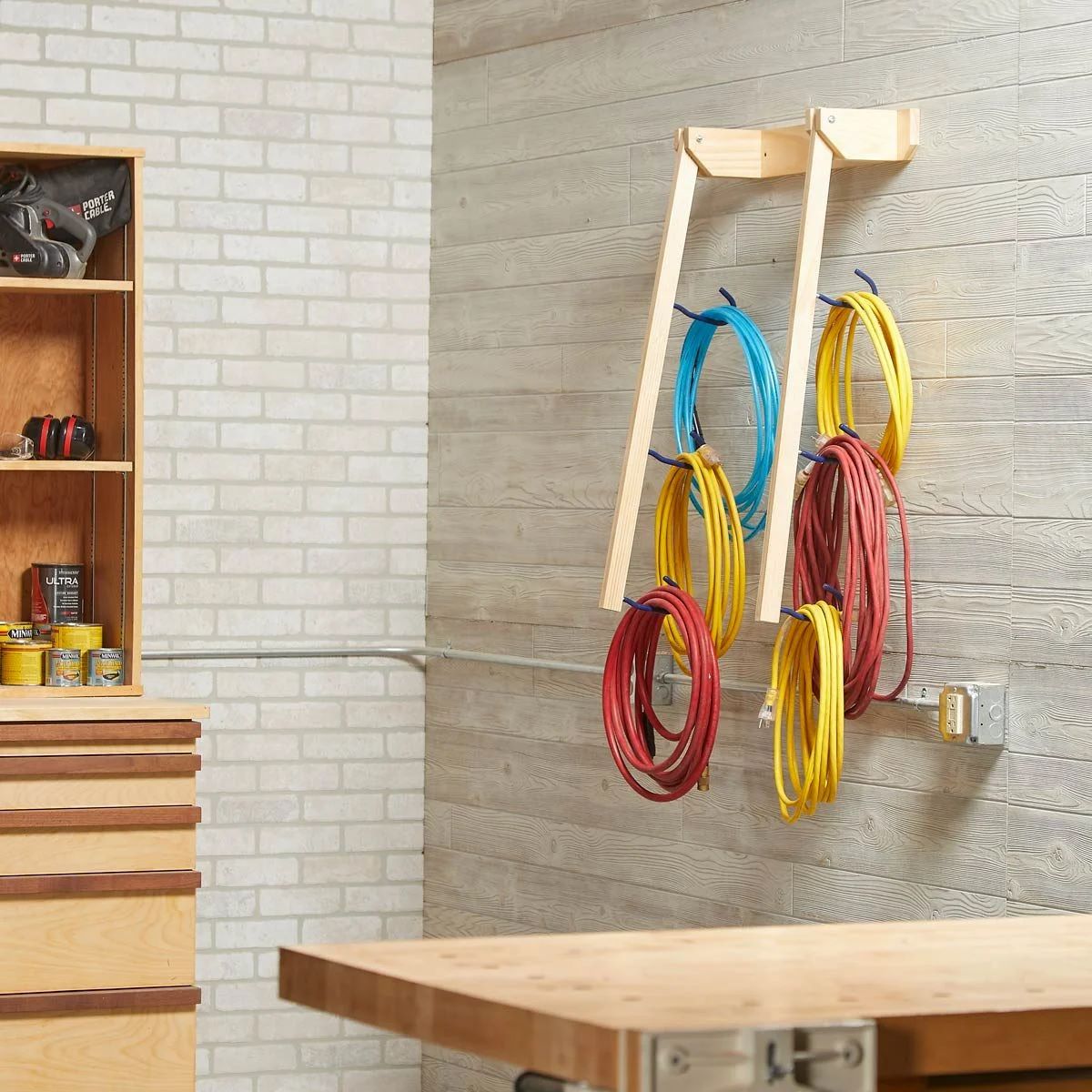

Articles
How To Store Electrical Cords
Modified: January 6, 2024
Learn the best methods and tips for storing electrical cords. Our articles provide valuable insight and guidance on organizing and preserving your cords for long-lasting use.
(Many of the links in this article redirect to a specific reviewed product. Your purchase of these products through affiliate links helps to generate commission for Storables.com, at no extra cost. Learn more)
Introduction
Electrical cords are a common sight in every household and workplace. From extension cords to charger cables, they play an essential role in powering our electronic devices. However, managing and storing electrical cords can be a daunting task without proper organization. Tangled cords not only create a messy appearance but can also become a safety hazard. Tripping over loose cords or accidentally damaging them can lead to accidents or device malfunctions.
Fortunately, there are several simple and effective methods for storing electrical cords that can help keep them organized, tangle-free, and easy to access when needed. In this article, we will guide you through the process of storing and organizing your electrical cords to maintain a neat and hazard-free space.
Key Takeaways:
- Keep electrical cords organized and tangle-free by coiling them properly, using cable ties or Velcro straps, and labeling them for easy identification. Storing cords in containers or hanging them on hooks can also save space and prevent tripping hazards.
- Prioritize safety by inspecting cords for damage, properly grounding extension cords, and avoiding overloading. Implement effective storage methods such as using cord covers, cable clips, or cable sleeves to keep cords off the floor and maintain a clean, organized environment.
Read more: How To Store An Electrical Cord
Safety Precautions
Before you begin storing your electrical cords, it is important to prioritize safety. Mishandling cords can lead to electrical shocks or fires. Here are some safety precautions to keep in mind:
- Unplug devices: Always unplug the cords from their power source before storing them. This helps prevent accidental electrical shocks.
- Inspect for damage: Before storing, inspect the cords for any signs of damage such as fraying, exposed wires, or melted insulation. If you find any damage, it is best to replace the cord to avoid potential hazards.
- Properly ground extension cords: If you are using extension cords, ensure they are properly grounded to prevent electric shocks. The three-pronged plug should be inserted into a grounded outlet.
- Avoid overloading: Do not overload extension cords or power strips with too many devices. This can cause overheating and potentially start a fire. Refer to the manufacturer’s guidelines for the maximum load capacity of the cord or power strip.
- Avoid pinching or twisting: When coiling or storing cords, avoid pinching or twisting them too tightly. It can damage the wires inside and lead to future malfunctions.
By following these safety precautions, you can ensure that you are handling your electrical cords in a safe and responsible manner.
Untangling Cords
One of the most frustrating aspects of dealing with electrical cords is when they become tangled. Untangling cords can be time-consuming and can potentially damage the cords if done forcefully. Here are some tips to help you untangle cords effectively:
- Remove any knots: Start by inspecting the cord for any visible knots. Gently pull apart any knots using your fingers or a small tool like a toothpick.
- Hold the ends: Hold the ends of the cord firmly in each hand. This will provide stability as you work on untangling the rest of the cord.
- Slowly work through the tangles: Start from one end of the cord and slowly work your way through the tangles. Use your fingers to loosen any knots or twists in the cord.
- Use a lubricant: If the cord is tightly tangled, you may consider applying a small amount of lubricant, such as dish soap or silicone spray, to help loosen the tangles. This will make it easier to separate the cords without causing any damage.
- Apply gentle pressure: As you untangle the cord, apply gentle pressure and pull the cord gently to straighten it out. Avoid pulling too hard or yanking on the cord, as this can further tangle or damage it.
- Check for any damage: Once the cord is untangled, inspect it for any signs of damage. If you notice any exposed wires or fraying, it is best to replace the cord to prevent any potential hazards.
By following these steps, you can effectively untangle cords without causing any damage. It may take some patience, but the end result is worth it.
Coiling Cords
Coiling cords properly not only helps in preventing tangling but also makes it easier to store and access them when needed. Here’s how you can coil cords effectively:
- Untangle the cord: Before coiling the cord, ensure that it is untangled and free from any knots or twists. This will make the coiling process much smoother.
- Hold the end: Start by holding one end of the cord firmly in your hand. This will act as an anchor point for the rest of the cord.
- Create loops: With your free hand, begin making loops with the cord in a clockwise or counterclockwise direction, depending on your preference. Make each loop in a consistent size to maintain uniformity.
- Overlap the loops: As you create loops, make sure to overlap each one slightly. This helps in keeping the cord neatly coiled and prevents it from unraveling.
- Secure the coils: Once the entire cord is coiled, secure it by tying a twist tie, Velcro strap, or rubber band around the coils. This will keep the cord in place and prevent it from unwinding.
- Avoid over-tightening: When securing the coils, ensure that you don’t tighten the tie too much as it can cause strain on the cord. It should be snug enough to hold the coils together but not so tight that it damages the cord.
By following these steps, you can successfully coil your cords in a tidy manner, making them easier to store and eliminating the hassle of untangling them later on.
Labeling and Organizing
Labeling and organizing your cords is essential to maintain an efficient and clutter-free storage system. Here are some tips to help you label and organize your cords effectively:
- Use labels or tags: Label each cord with a small adhesive label or tag. You can write the name of the device or the purpose of the cord on the label. This helps in quickly identifying the cord you need without having to unravel or untangle multiple cords.
- Color-coded labels: If you have multiple cords that belong to the same device or area, consider using color-coded labels. Assign a specific color to each category, such as red for entertainment devices and blue for office equipment. This makes it even easier to identify cords at a glance.
- Divide cords by category: Group similar cords together based on their purpose or location. For example, separate charger cables from computer cords or divide cords for different rooms or areas in your home or office. This helps in keeping cords organized and minimizes the chances of mixing them up.
- Use cable organizers: There are various cable organizers available in the market, such as cable clips, cable sleeves, or cable management boxes. These organizers help keep cords neatly arranged and prevent them from tangling with each other.
- Arrange cords vertically: When storing cords, it is recommended to arrange them vertically rather than in a jumbled heap. This not only saves space but also makes it easier to access specific cords without disturbing others.
- Keep cords in dedicated storage: Designate a specific storage area or container for your cords. This can be a drawer, a bin, or a cable management box. Keeping cords in a dedicated space ensures they are easily accessible and minimizes the chances of misplacing or losing them.
By labeling and organizing your cords, you can save time and effort in locating the right cord when you need it. It also helps in maintaining a clean and clutter-free environment.
Read more: How To Tie An Electrical Cord
Storing Cords in Containers
Using containers to store cords is a practical and convenient solution. It not only keeps the cords organized and tangle-free but also protects them from damage. Here’s how you can effectively store cords in containers:
- Select the right container: Choose a container that is spacious enough to hold the cords without cramping them. It should also have a lid to provide protection and prevent dust or moisture from entering.
- Coil the cords: Before placing the cords in the container, make sure to coil them properly. Refer to the earlier section on coiling cords for guidance on how to do this effectively.
- Arrange the cords: Place the coiled cords in the container in an organized manner. Avoid overcrowding, as it can lead to tangling or damage. Ensure that each cord has its own space within the container.
- Label the container: To easily identify the container, attach a label or write on it with a permanent marker. Include a brief description of the cords inside or any other relevant information.
- Keep the lid securely closed: Once the cords are inside the container, ensure that the lid is securely closed. This prevents dust, dirt, or any other external elements from entering and damaging the cords.
- Store in a suitable location: Find a suitable location to store the container of cords. It should be a dry and cool area, away from direct sunlight or extreme temperatures. Avoid storing the container in a damp or humid environment, as it can encourage mold or corrosion.
- Arrange the containers: If you have multiple containers, consider arranging them systematically. You can stack them or place them side by side, depending on the available space and accessibility.
By storing cords in containers, you can keep them organized, protected, and easily accessible. It also helps in maximizing storage space and maintaining a tidy environment.
When storing electrical cords, use a cord reel or tie them with a twist tie to prevent tangling and damage. Store in a dry, cool place away from direct sunlight.
Using Cable Ties or Velcro Straps
Cable ties and Velcro straps are handy tools for managing and organizing cords. They help in securing cords together, preventing tangling, and keeping them neat and tidy. Here’s how you can use cable ties or Velcro straps effectively:
- Gather the cords: Start by gathering the cords that you want to secure together. This can be a group of cords for the same device or cords that run along the same pathway.
- Remove any twists: Before using the ties or straps, make sure to remove any twists or tangles from the cords. Straightening them out will ensure a snug fit when bundled together.
- Wrap the tie or strap around the cords: Wrap the cable tie or Velcro strap around the group of cords, positioning it close to the end where they connect to devices or power outlets.
- Secure the tie or strap: Depending on the type of tie or strap, secure it by tightening the lock or pressing the Velcro together. Be careful not to over-tighten, as it may damage the cords.
- Trim any excess: After securing the cords, trim any excess length from the tie or strap. This helps in keeping the bundled cords neat and prevents them from getting snagged or tangled.
- Label the ties or straps: If necessary, label the cable ties or Velcro straps with the corresponding device or purpose of the cords. This will make it easier to identify and locate specific cords when needed.
- Organize the bundled cords: Arrange the bundled cords in a way that makes sense to you. This could be grouping them by device, room, or any other category that works for your organizational system.
- Secure the cords in place: Use adhesive hooks, clips, or other cable management solutions to secure the bundled cords to walls, furniture, or other surfaces. This helps in keeping them off the floor and out of the way, reducing the risk of tripping.
By using cable ties or Velcro straps, you can easily manage and organize your cords, making them more manageable and reducing the chances of tangling or clutter. It is a simple yet effective solution for cord management.
Hanging Cords on Hooks
Hanging cords on hooks is a practical and efficient method of storing and organizing cords, especially when you have limited storage space. It helps keep the cords easily accessible and prevents tangling. Here’s how you can hang cords on hooks effectively:
- Select suitable hooks: Choose hooks that are sturdy and capable of holding the weight of the cords. Adhesive hooks or screw-in hooks are commonly used for this purpose.
- Determine the placement: Decide where you want to hang the cords and mark the locations of the hooks accordingly. It can be on a wall, the back of a door, or the side of a desk.
- Coil the cords: Before hanging the cords, coil them neatly to avoid tangling and ensure a clean appearance. Refer to the earlier section on coiling cords for guidance on how to do this effectively.
- Attach the hooks: Install the hooks at the marked locations. If using adhesive hooks, clean the surface before applying them to ensure a secure hold.
- Hang the cords: Hang the coiled cords on the hooks, ensuring they are securely in place. If you have multiple cords, you can hang them separately or bundle them together using cable ties or Velcro straps.
- Arrange the cords: Organize the cords based on your preference. You can arrange them by device, length, or any other category that makes sense to you. Consider using different hooks for each category to make identification easier.
- Label the hooks: To further facilitate organization, you may label the hooks with tags or small labels. This will help you quickly identify and locate the desired cord without having to unravel multiple cords.
- Keep cords taut: When hanging the cords, make sure they are taut and not sagging. This helps in preventing them from getting tangled and keeps the display neat and orderly.
By hanging cords on hooks, you can save space, keep them easily accessible, and maintain a tidy and organized environment. It also eliminates the need to untangle cords when you need them, making it a convenient storage solution.
Keeping Cords off the Floor
Keeping cords off the floor not only improves the overall appearance of a space but also reduces the risk of tripping hazards and damage to the cords. Here are some effective ways to keep cords off the floor:
- Use cord covers: Cord covers are flexible tubes or sleeves that encase cords and protect them from damage while also keeping them off the floor. They are available in various sizes and can be installed along walls, baseboards, or under desks to create a neat and organized look.
- Conceal cords behind furniture: Position furniture, such as desks, cabinets, or bookshelves, strategically to hide cords and keep them out of the way. You can use adhesive hooks or cord clips to route the cords along the back of the furniture for a cleaner appearance.
- Mount cords on walls: Use wall-mounted cable clips or adhesive hooks to secure cords along walls, away from the floor. Run the cords vertically or horizontally, depending on the layout and accessibility of your space.
- Utilize cord management solutions: There are various cord management solutions available, such as cord clips, cable sleeves, or cable raceways. These products provide a streamlined way to route and manage cords, keeping them organized and off the floor.
- Incorporate floor cable protectors: Floor cable protectors are flat, rubber or plastic covers that lay on the floor and allow cords to pass through. They not only prevent tripping hazards but also protect cords from being crushed or damaged by foot traffic.
- Use cord winders or reels: Cord winders or reels can be used to neatly coil and store excess length of cords. Once coiled, they can be placed on a tabletop or mounted on a wall, keeping cords elevated and away from the floor.
- Rearrange furniture: If feasible, rearrange furniture to position outlets closer to devices, reducing the length of cords needed and minimizing their visibility on the floor.
- Secure cords to furniture: When running cords along furniture legs or the underside of tables, use cable clips or adhesive straps to secure them in place and prevent them from hanging down to the floor.
By implementing these methods, you can keep cords off the floor, reduce the risk of accidents, and maintain a clean and organized environment.
Read more: How To Splice Electrical Cord
Storing Extension Cords
Extension cords are commonly used to provide power to devices that are located away from electrical outlets. Storing extension cords properly not only keeps them organized but also prolongs their lifespan and ensures safe usage. Here are some effective methods for storing extension cords:
- Coil the extension cord: Start by untangling the extension cord and coiling it neatly. Hold one end of the cord in one hand and use your other hand to form loops, working your way towards the other end.
- Use the over-under coil method: The over-under coil method is a technique that helps prevent tangling and twisting of the cord. Alternate the direction of each loop, going over the top on one loop and under the bottom on the next. This creates a flat and organized coil.
- Secure with a twist tie or Velcro strap: Once the cord is coiled, secure it with a twist tie, Velcro strap, or any other suitable fastener. This will keep the coil in place and prevent it from unraveling.
- Label the extension cord: Attach a label or tag to the cord indicating its length, purpose, or any other relevant information. This makes it easier to identify the specific cord you need when multiple extension cords are stored together.
- Store in a suitable container: Find a container or dedicated storage space to keep the coiled extension cords. This can be a plastic bin, a cord organizer bag, or a specially designed reel. Make sure the container has enough room to accommodate the coiled cord without bending it excessively.
- Avoid kinks and bends: When storing extension cords, it is important to avoid creating sharp kinks or bends, as they can damage the internal wiring. Proper coiling and storage techniques help in maintaining the integrity of the cord.
- Hang on hooks or pegboards: If you prefer a hanging storage method, consider using hooks or pegboards to hang the coiled extension cords. This keeps them off the floor, saves space, and allows for easy access when needed.
- Protect from moisture and UV rays: Ensure that the storage location for extension cords is dry and protected from moisture and direct sunlight. Moisture can cause damage to the cord and UV rays can deteriorate the insulation over time.
- Regularly inspect for damage: Periodically inspect the stored extension cords for any signs of damage, such as frayed cables or exposed wires. If any damage is found, it is best to replace the cord to ensure safe usage.
By following these methods, you can store extension cords safely and efficiently, ensuring they remain in good condition and ready for use when needed.
Conclusion
Managing and storing electrical cords may seem like a daunting task, but with some simple and effective methods, you can keep them organized, tangle-free, and easily accessible. By following the tips and techniques outlined in this article, you can eliminate the frustration of untangling cords, prevent accidents, and prolong the lifespan of your cords.
Remember to prioritize safety by unplugging cords before storing them and checking for any signs of damage. Take extra precautions by properly grounding extension cords and avoiding overloading them to prevent electrical hazards. It’s also important to handle cords with care, avoiding pinching or twisting them too tightly.
Coiling cords properly is essential for preventing tangling and damage. Use cable ties or Velcro straps to secure cords together and keep them neatly organized. Labeling cords and using color-coded labels can help you quickly identify the cords you need without having to unravel multiple cords.
Consider storing cords in containers or hanging them on hooks to keep them off the floor. This not only helps save space but also protects them from damage and reduces the risk of tripping hazards. Utilize cord management solutions such as cord covers, cable clips, or cable sleeves to keep cords organized and hidden from view.
When it comes to storing extension cords, make sure to coil them properly and store them in a suitable container or on hooks. Avoid kinks and bends, and regularly inspect the cords for damage.
By implementing these techniques and incorporating good cord management practices, you can transform the chaos of tangled cords into a neat and organized system. Not only will this improve the aesthetic of your space, but it will also enhance safety and efficiency in using your electrical devices. So, take the time to store your cords properly and enjoy a clutter-free environment!
Frequently Asked Questions about How To Store Electrical Cords
Was this page helpful?
At Storables.com, we guarantee accurate and reliable information. Our content, validated by Expert Board Contributors, is crafted following stringent Editorial Policies. We're committed to providing you with well-researched, expert-backed insights for all your informational needs.
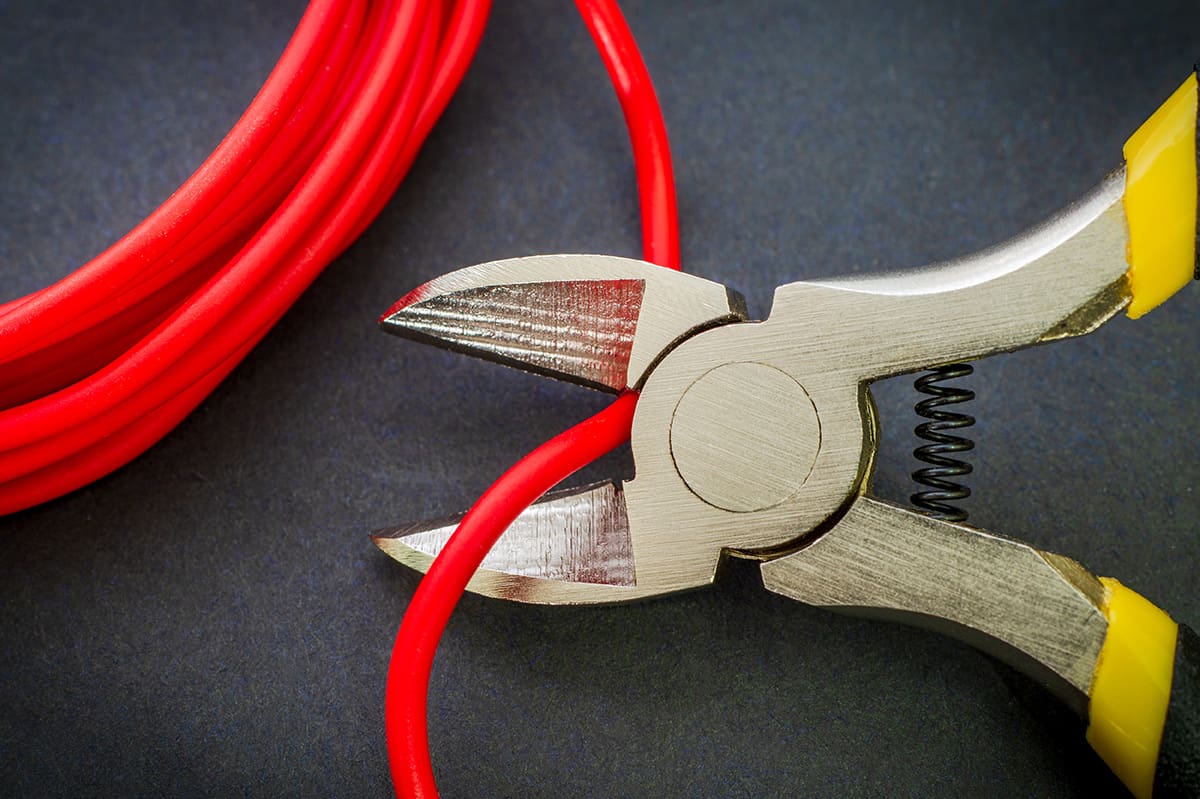
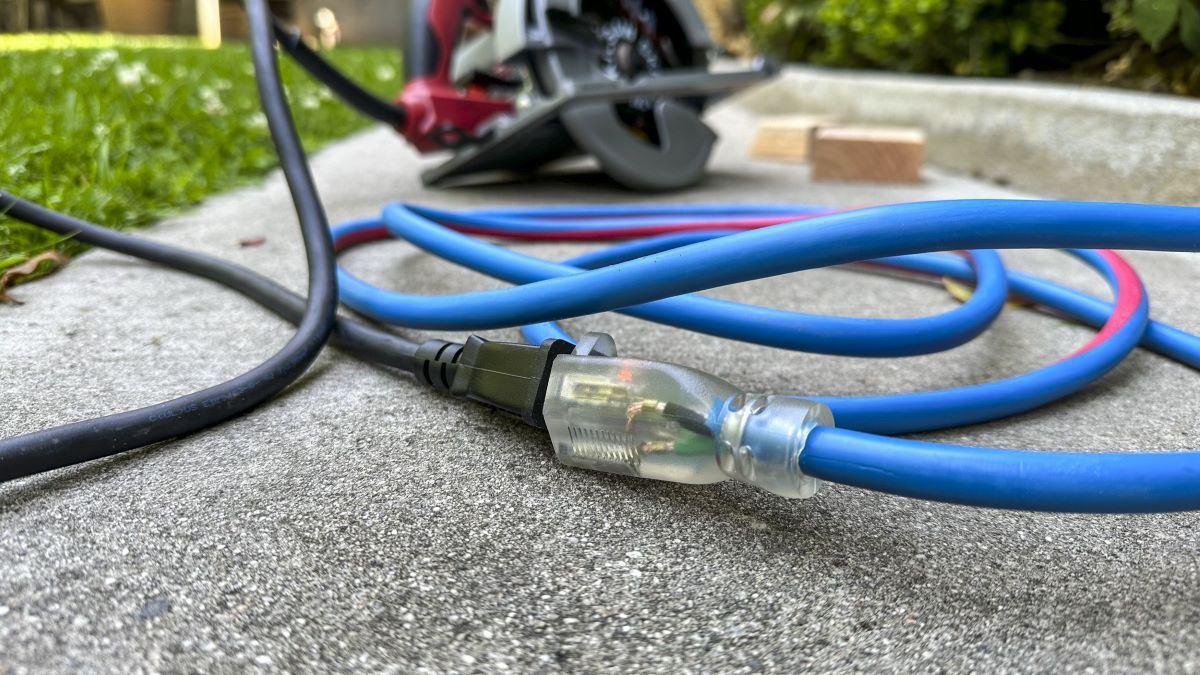
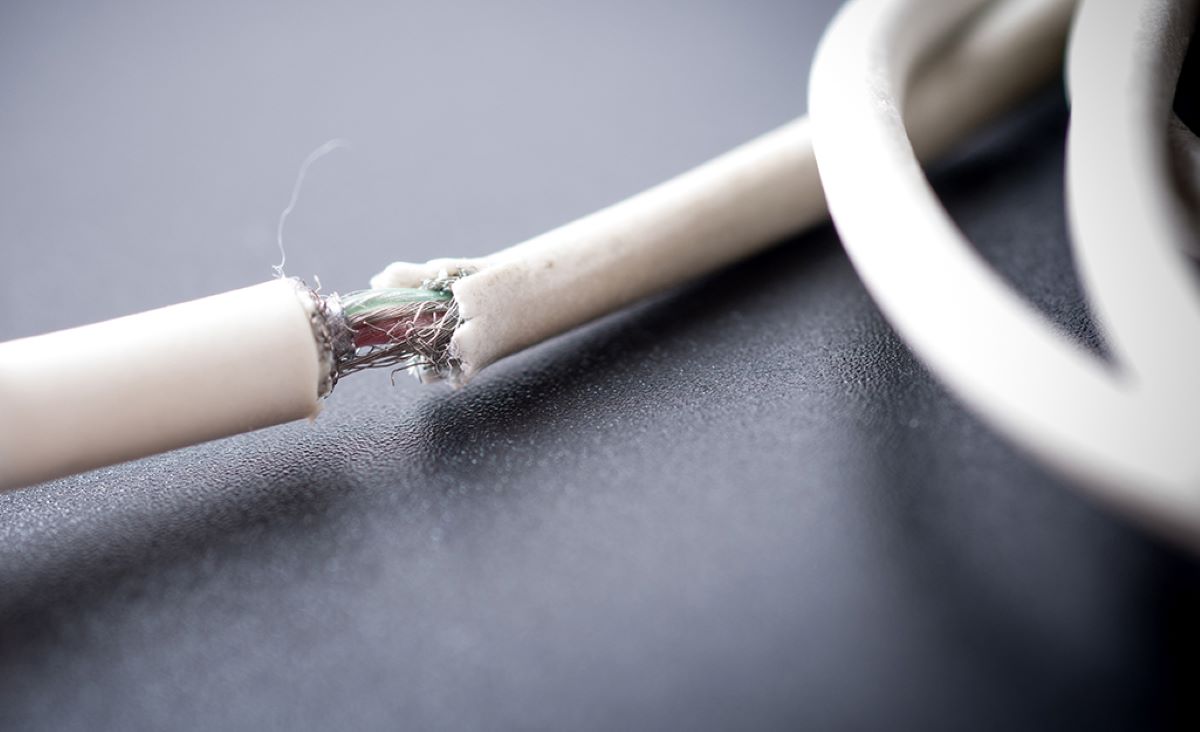
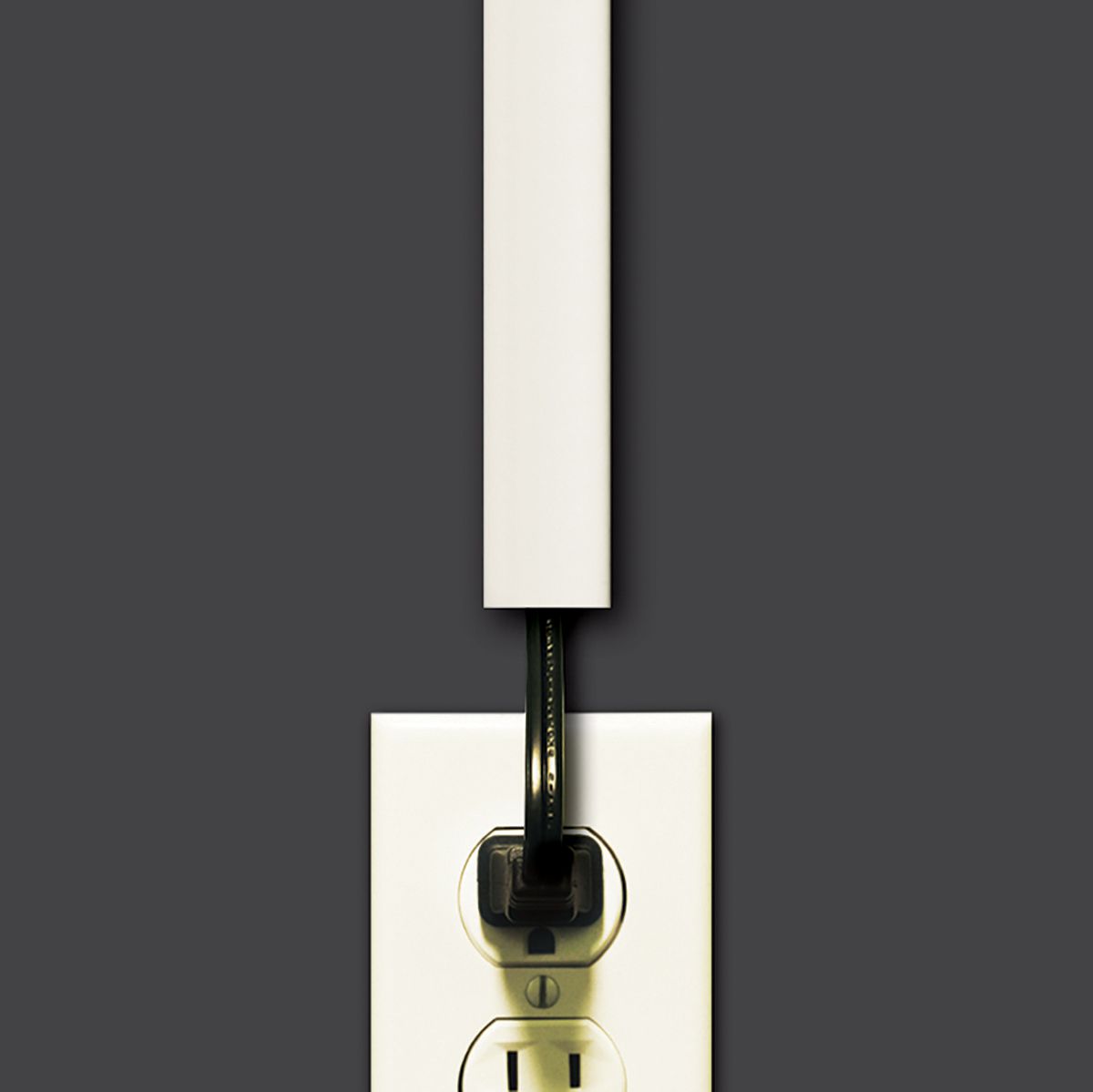
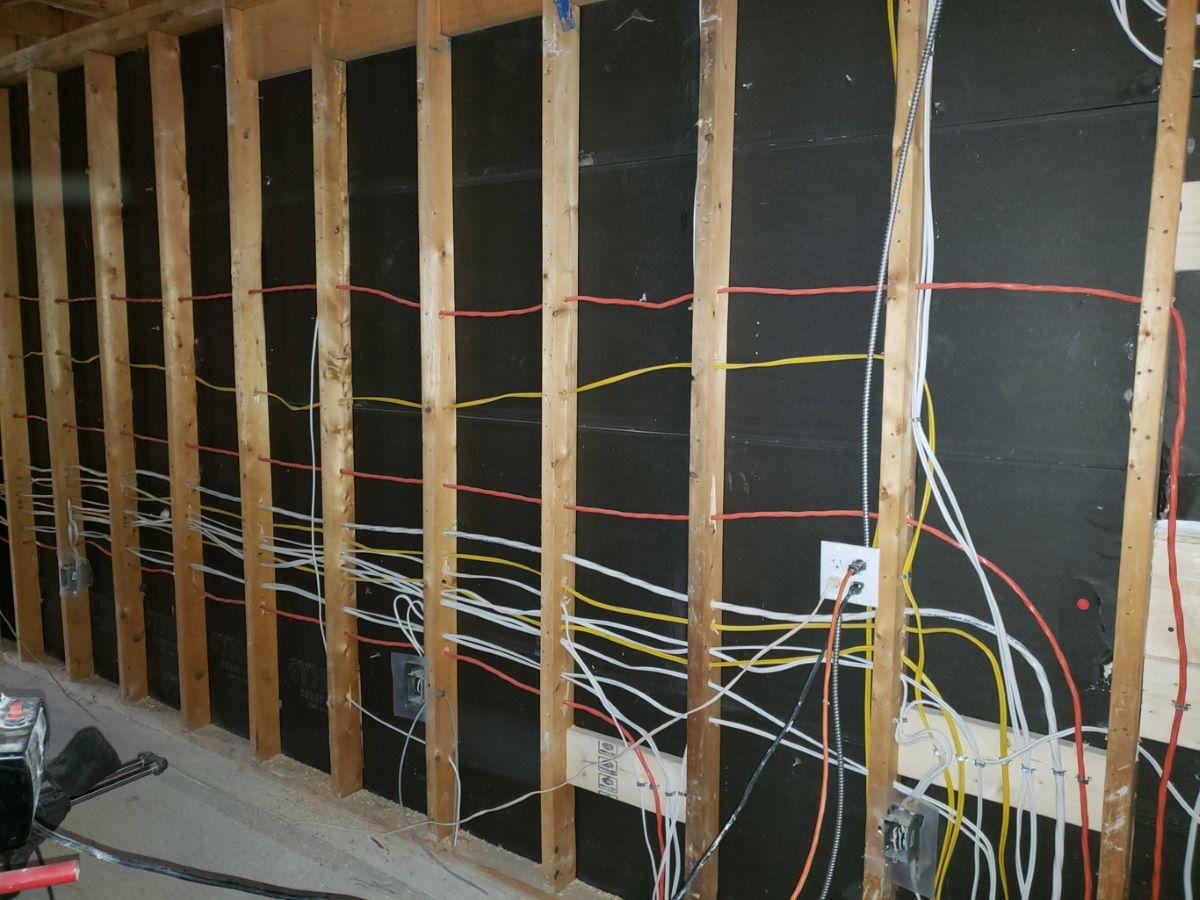
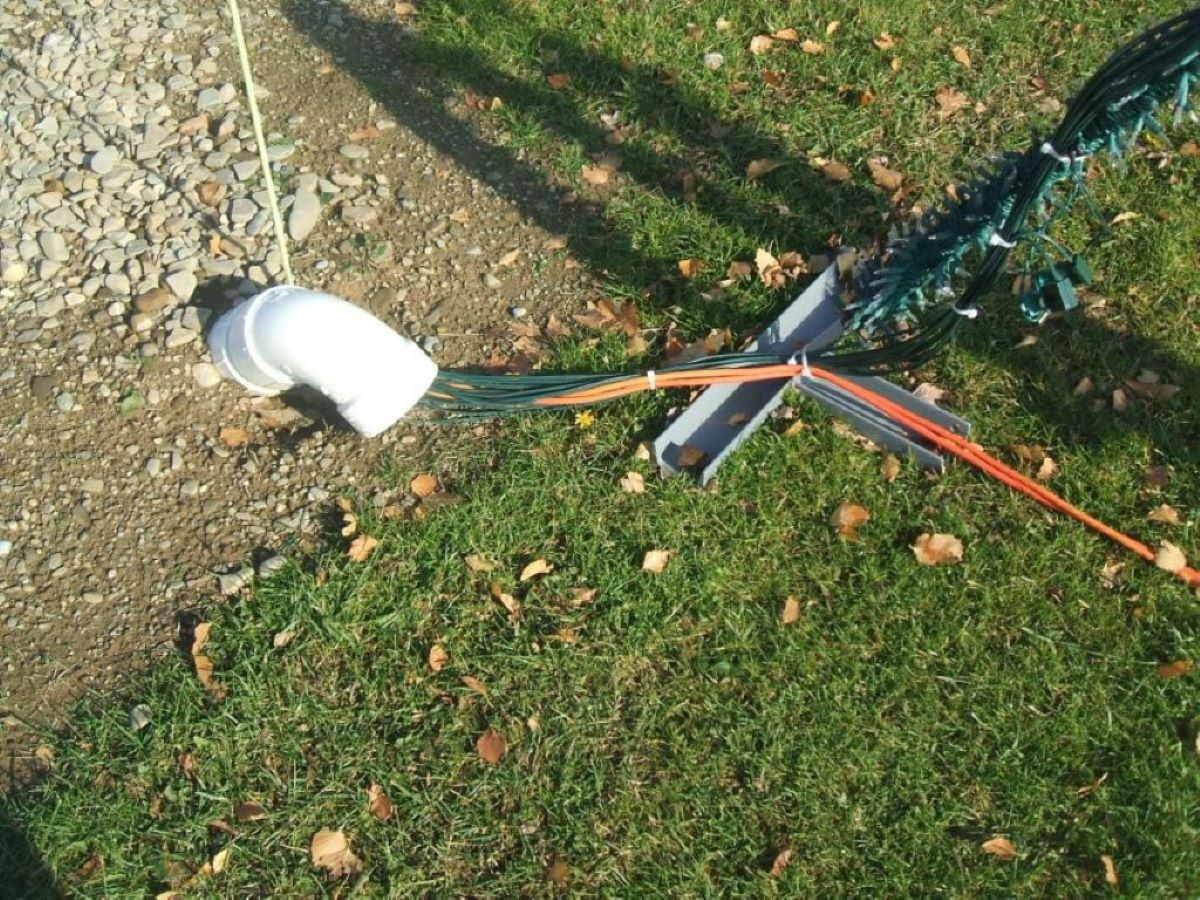
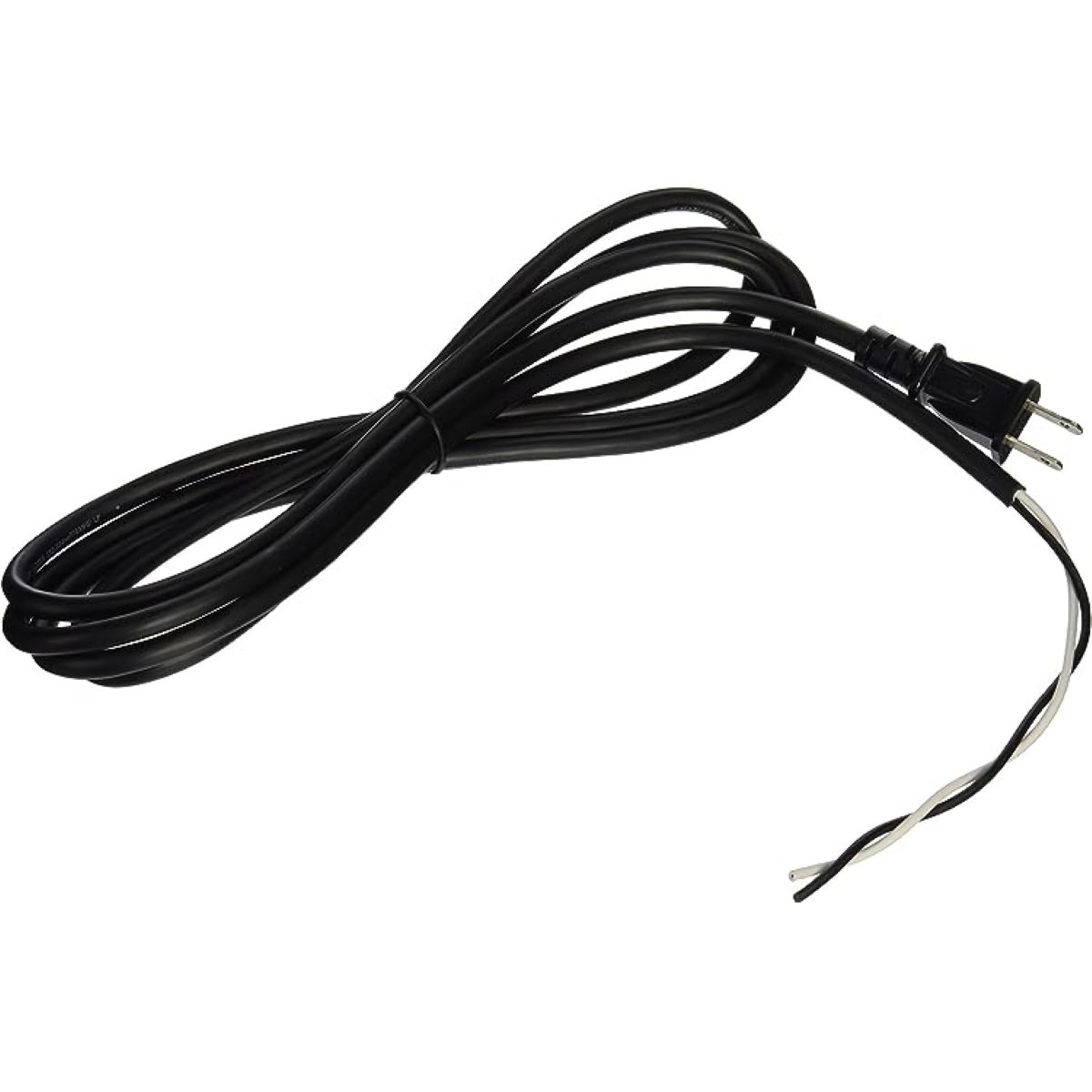
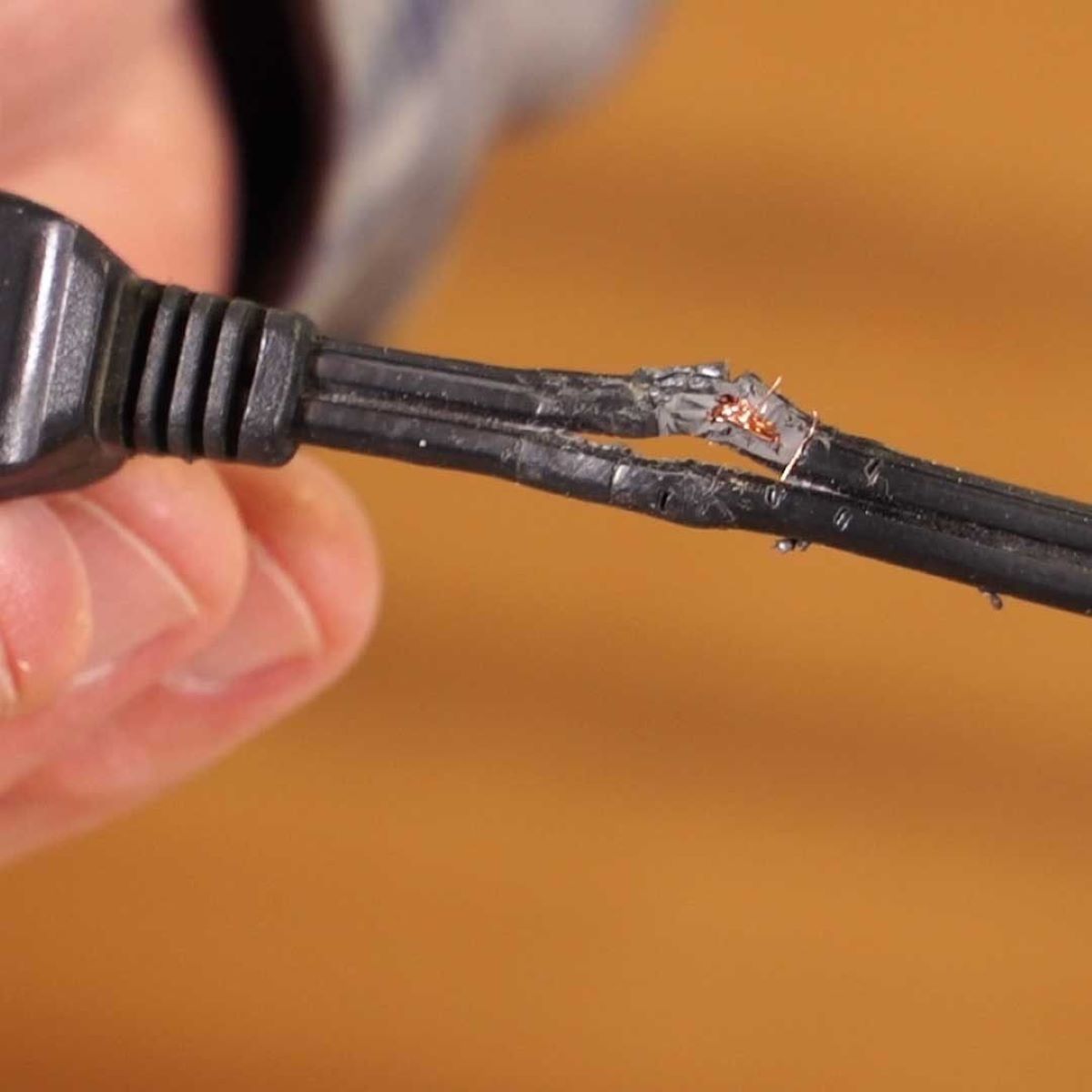
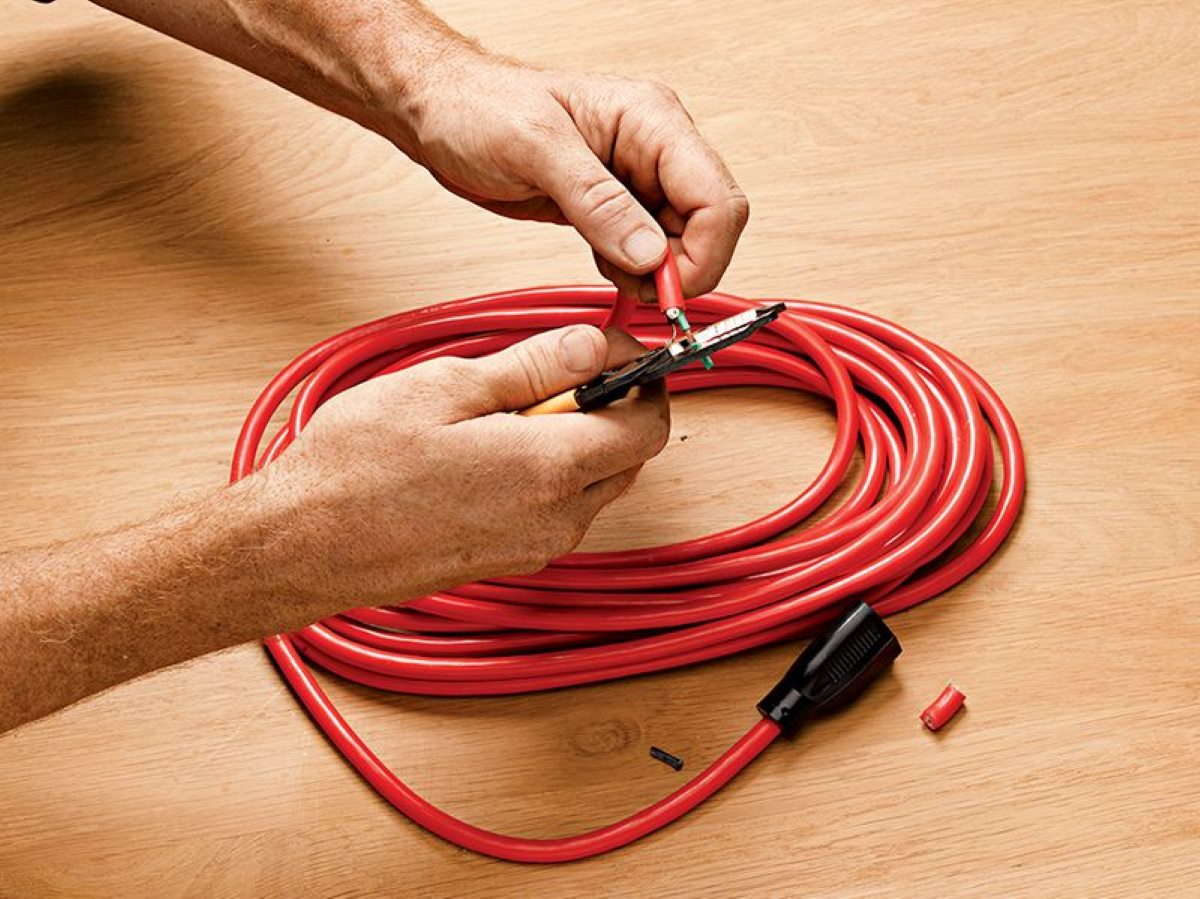
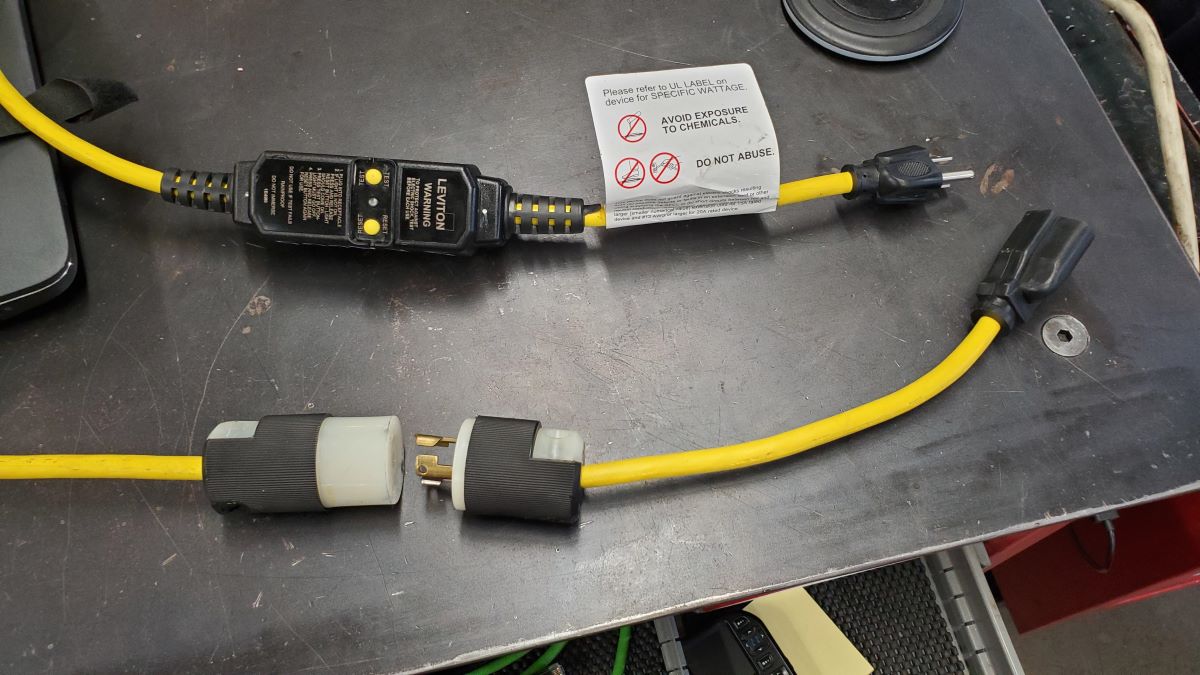
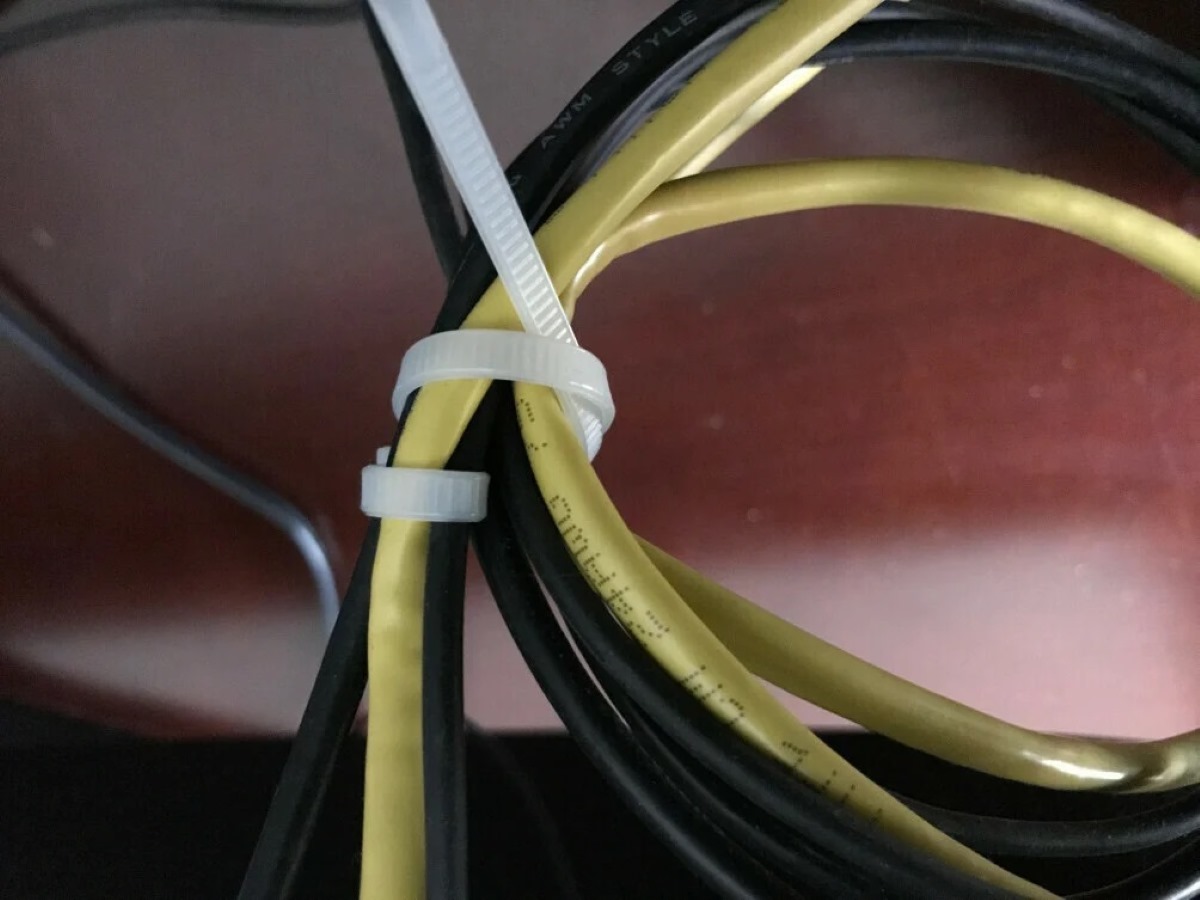
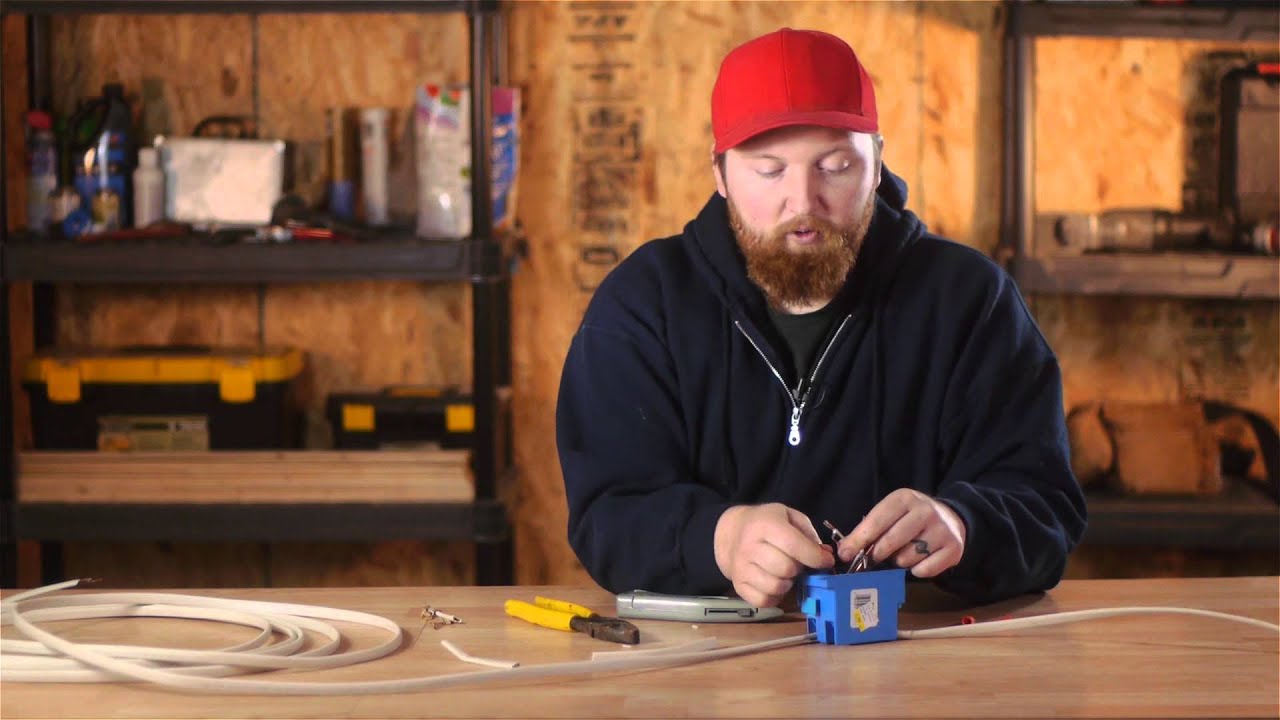
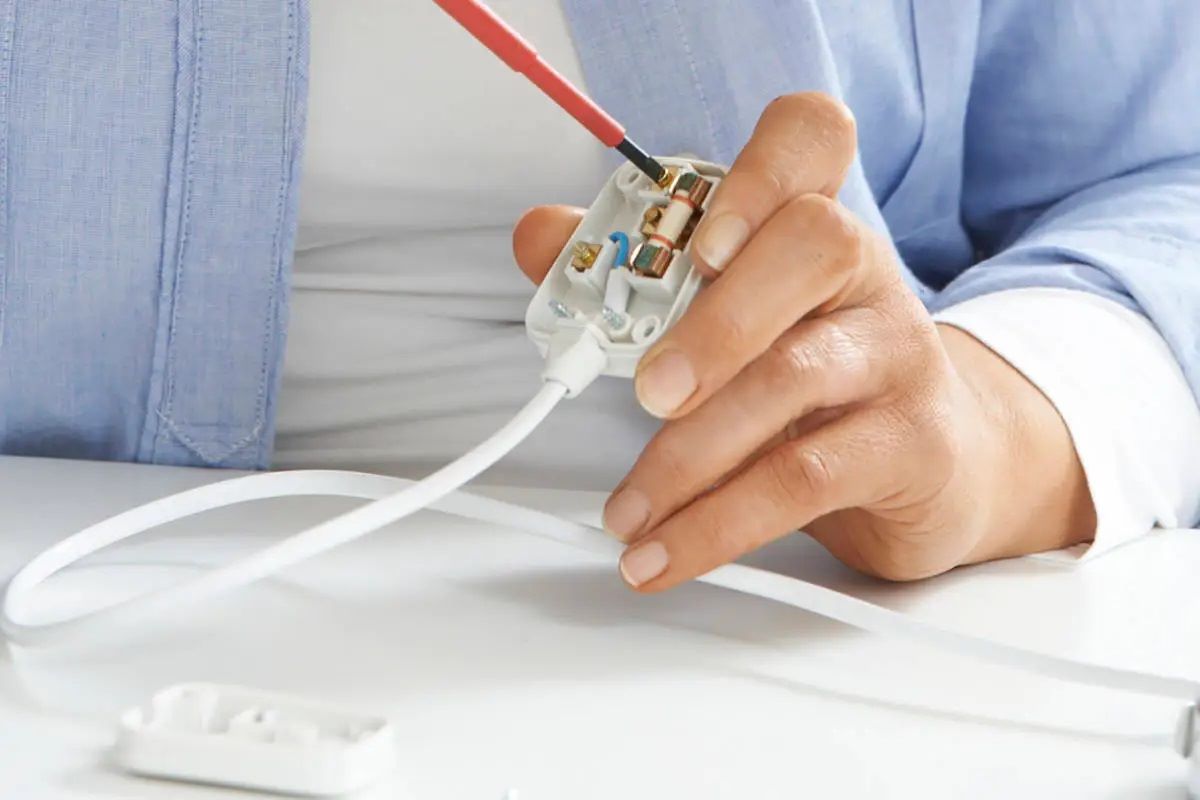

0 thoughts on “How To Store Electrical Cords”